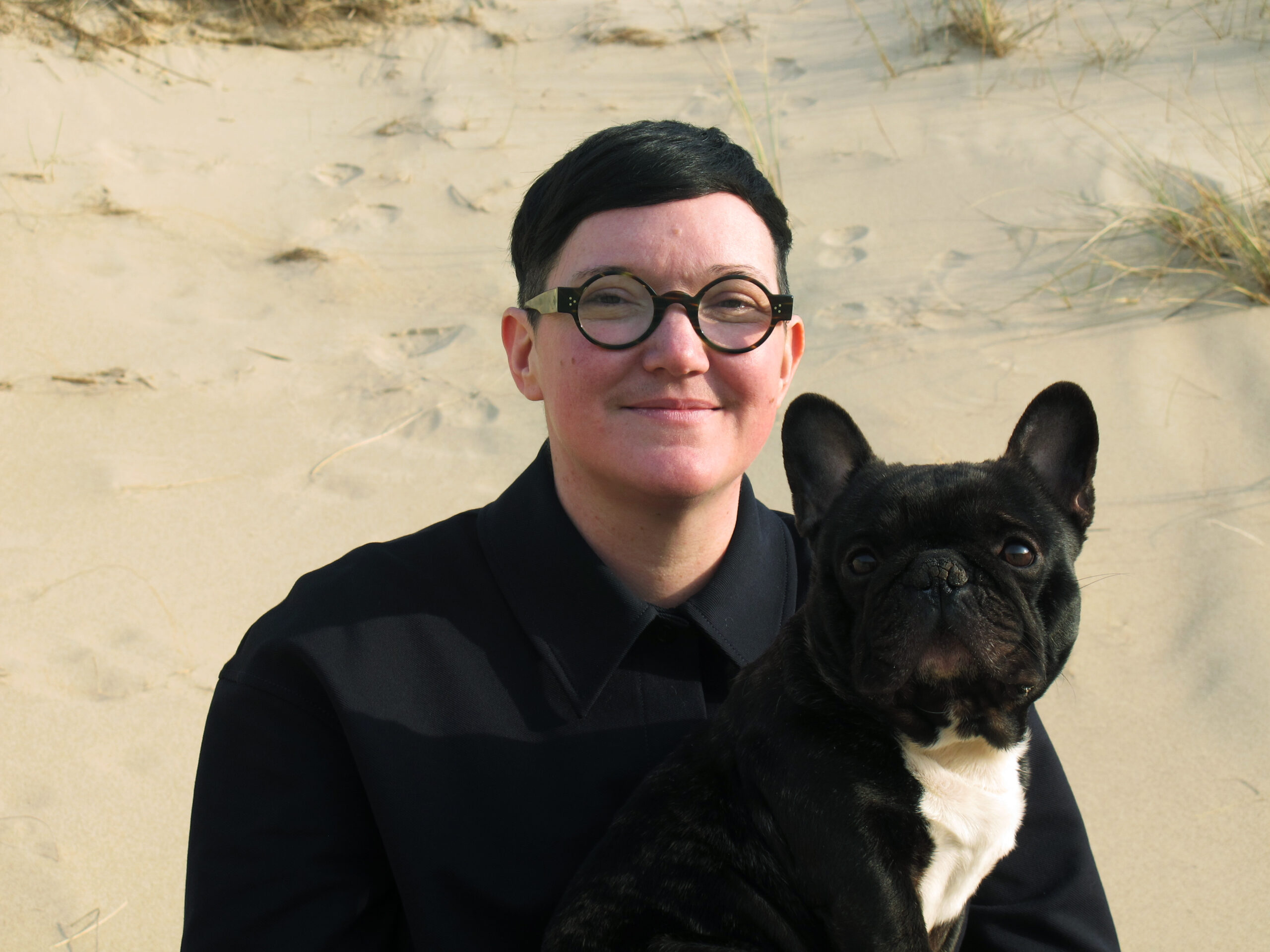Julie Crenn (b. 1982) is an art historian, art critic (AICA) and independent curator. Since 2018, she is associated curator of Transpalette – Contemporary art center of Bourges. In 2005, she obtained a Master’s degree in art history and criticism at Rennes 2 University, with a dissertation on the art of Frida Kahlo. Following on from her research into
feminist and decolonial practices, she received a doctorate in Arts (history and theory) from the Université Michel de Montaigne, Bordeaux III. Her thesis is a reflection on contemporary textile practices (from 1970 to the present day). Since then, she has been conducting intersectional research into bodies, memories and artistic activism.
Over two weeks, a group of artists (Morgane Denzler, Damien Rouxel, Delia Popa, Ioana Cirlig, Andreea Medar and Ilie Mihali) reactivated the project in Sacel (Maramures, Romania) at the invitation of Anca Poterasu (ARAC). A collective time of thought, encounters, plastic experiments, lo,gues discussions and questioning about the agricultural realities of our place. We are aware of the extreme fragility of these agricultural realities. Practices are based on family subsistence. This blatant fragility contrasts with the intensity of the interdependence between faith, rurality, crafts (ceramics, weaving and embroidery in particular), traditions, animals, the river and the forest. At Sacel, everything in daily life and in its own ecosystem (visible and invisible, human and more-than-human), is connected. Thus, Morgane Denzler continued her reflections on sheep farming, wool and the relationship between shepherd, flock and place. Damien Rouxel sought to merge personal issues with observations made in Maramures about traditions and material realities. Ilie Mihali devoted his time to working with earth and fire to create ceramic works. Ioana Cirlig has immersed herself in the vegetal dimension of Sacel. Delia Popa thought up links between her place (Crețești, Vidra region) and Sacel, two vulnerable villages. Andreea Medar continued her research into a disappearing memory. In Sacel, she became aware of the disappearance of pastoral customs and collaborated with a potter and a singer to revive a gestural and musical memory.
Agir dans son lieu is a collective research and conversation project designed to make visible a set of choices that have major repercussions within the living world. To make visible those who act in their place as best they can. The works manifest the ways in which all bodies (human and more-than-human) are heavily affected by a system governed by the law of exploitation. Through their works and actions, the artists also demonstrate the places of resistance, the joyful perspectives in which everyone is engaged in their place.
(Julie Crenn, july 2025)


